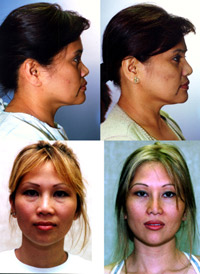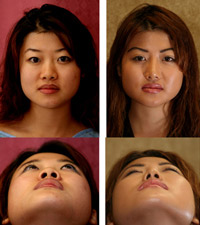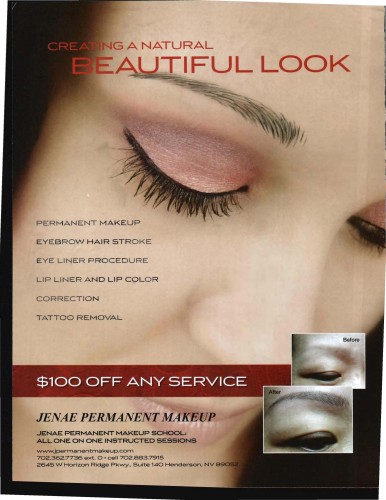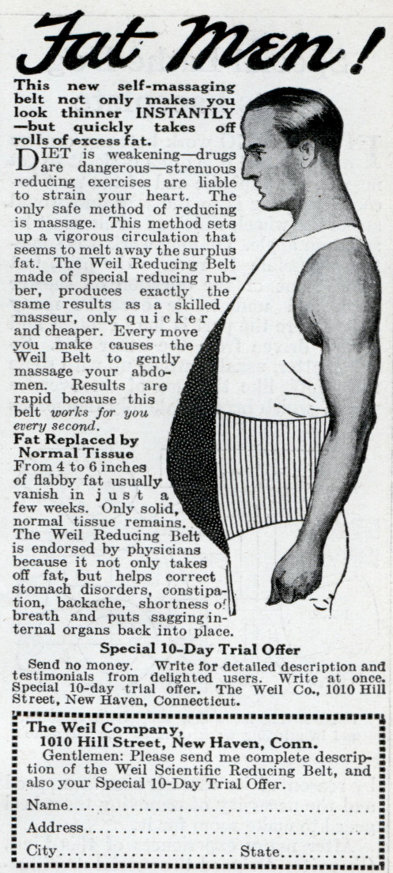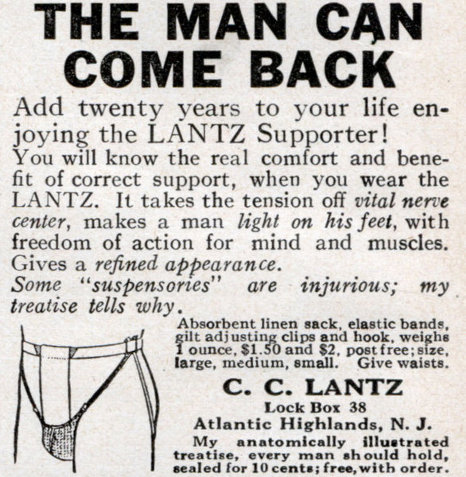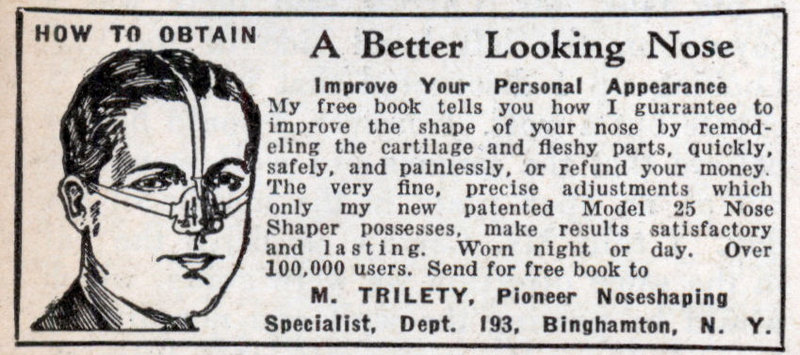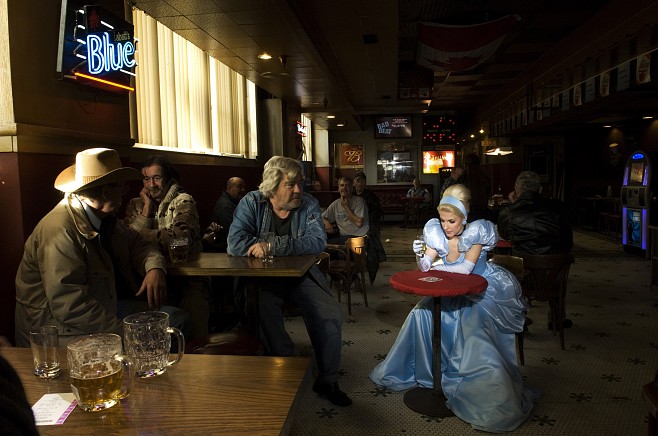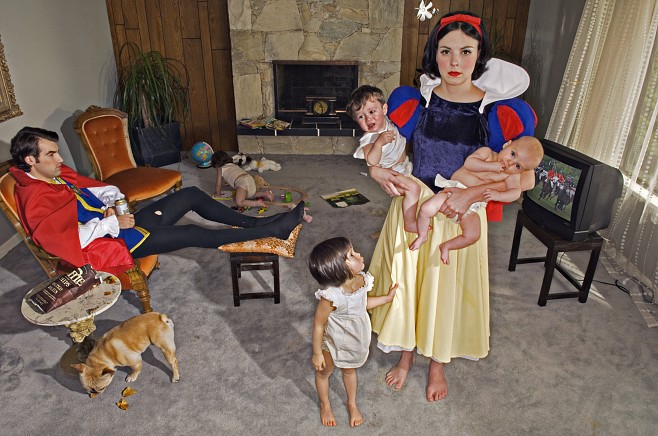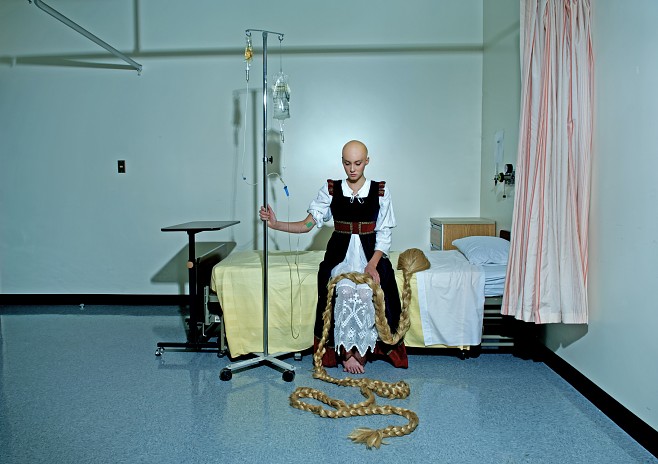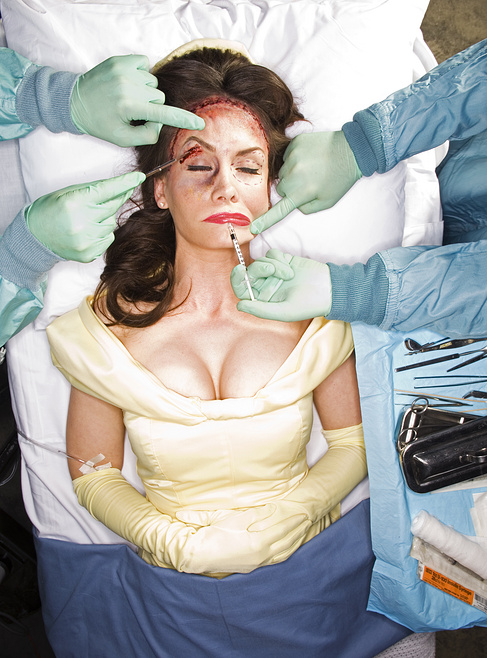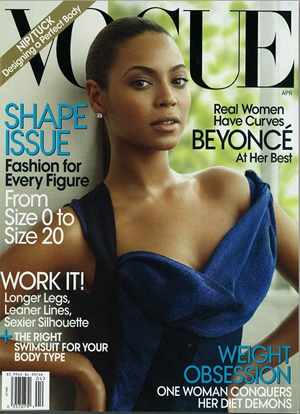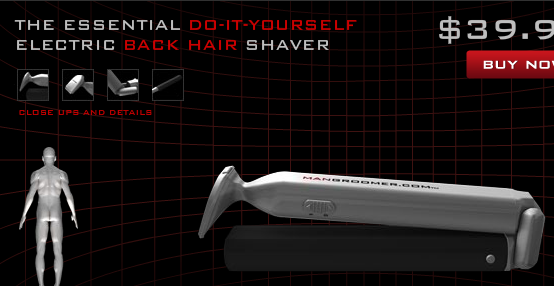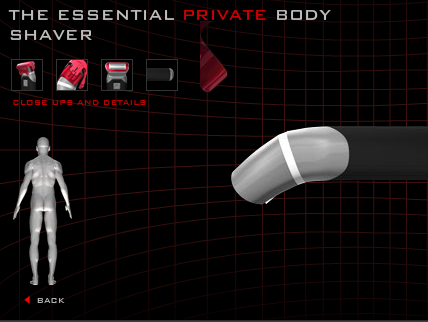A while back we posted before and after pictures of an eyelid surgery designed to give people of Asian descent an eyelid fold more characteristic of non-Asians (see also this post on eyelid glueing) with the idea that such an eye seemed more “awake.”
I recently came across a website advertising “Asian Rhinoplasty” by Dr. Younai. The surgeon argues that “there are many fine differences between an Asian nose and that of other ethnicities” and claims expertise in this area.
He makes the following observations about what is “wrong” with “Asian” noses. Notice how he uses a language of deficiency that is completely contrived (“underdeveloped,” “poor,” “lack”) (all emphases are his):
…most Asians from Korea, China, Philippines, Japan, Hawaii, and Malaysia have underdeveloped nasal bridge. This makes their eyes appear to be far apart.
The nasal tip in Asians is often round, wide, bulbous, and of poor definition. The thickness of Asian nasal skin also contributes to the lack of nasal tip sharpness.
Nostrils in Asians can be flared and wide.
Lack of nasal bridge height can give the appearance of a short nose.
His language is negative, but also inherently comparative to an unspoken norm. “Underdeveloped” compared to what? Of “poor definition” compared to what? “Wide” compared to what? “Short” compared to what? Of course, in this context, the implicit ideal is a white ideal.
Here are some of his before and after photos:
